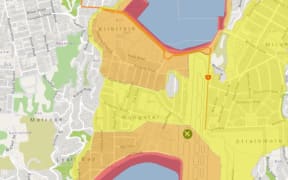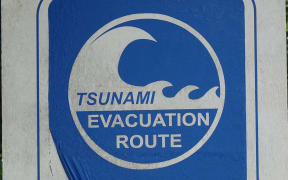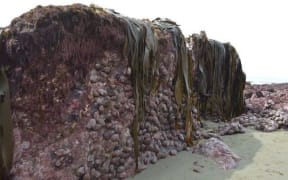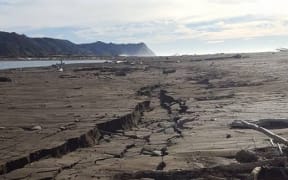US engineers who have pioneered designs for buildings able to withstand tsunamis are inviting New Zealand to get on board.
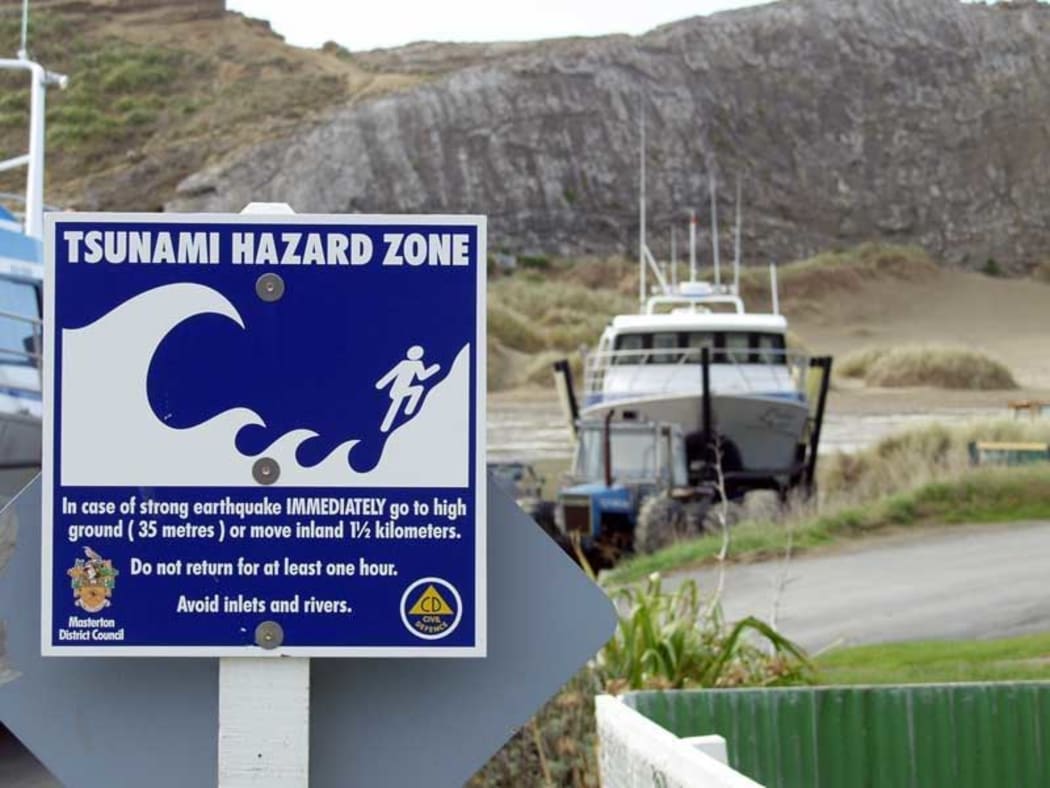
Tsunami sign Photo: RNZ/Supplied?
The engineers have just delivered the world's most comprehensive standard for tsunami resistance, including maps of at-risk areas in five US states which show 3.5 million people at risk.
Japan is the only other country that has such standards but they are less flexible and take a much narrower approach.
Hawaii University and structural engineering professor Ian Robertson researched the standard, aiming for something that could be applied much more widely than Japan's.
Both Chile and Russia have been looking into applying the new tsunami design standard, and Mr Robertson said he thought there would be interest in Australia, New Zealand and the Pacific too.
"There was no one from New Zealand or Australia on the sub-committee that developed the... tsunami provisions," Mr Robertson said.
"But I always thought there would be interest in what we have developed ... in both countries."
The research took into account the the Boxing Day tsunami which killed more than 200,000 people in 14 countries in 2004, and the 2011 Tōhoku tsunami that hit the Fukushima nuclear power plant.
The 2011 wave hit towns and cities along 600km of the Tōhoku coast on 11 March 2011, killing 18,958 people and destroying 127,291 buildings.
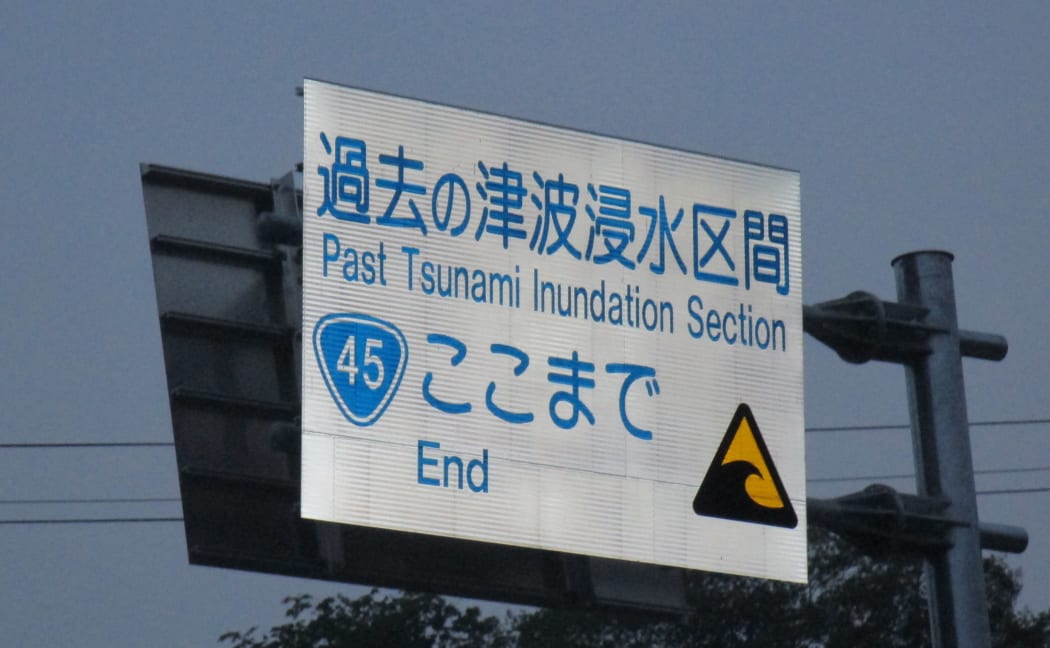
These signs mark a tsunami inundation zone in Tōhoku. In most places the waves were at least 10 metres and in some reached 16m. Photo: RNZ / Cushla Norman
"There was a misperception previously, that reinforced concrete and structural steel buildings would survive tsunamis ... but it was clear from what we saw in Tōhoku that that was not a guarantee," Mr Robertson said.
"There were a number [of buildings] that failed either by overturning, by floating, or simply structural failure."
Specific designs were needed, particularly for evacuation centres in places too near the coast for people to escape in time by foot.
They also needed to be tall enough, with some three or four-storey tsunami centres having been submerged by the wave.
"A number of folk went to vertical evacuation structures and then perished," Mr Robertson said
The work includes maps of at-risk areas in five US states which show 3.5 million people are at risk and the first structure to be built under the standard has already gone up at a primary school in the south of the state of Washington.
"The community decided that while they were expanding their school, they would add a vertical evacuation feature on their gymnasium."
They made the roof into a solid refuge with four reinforced access towers for people to get up on it.

